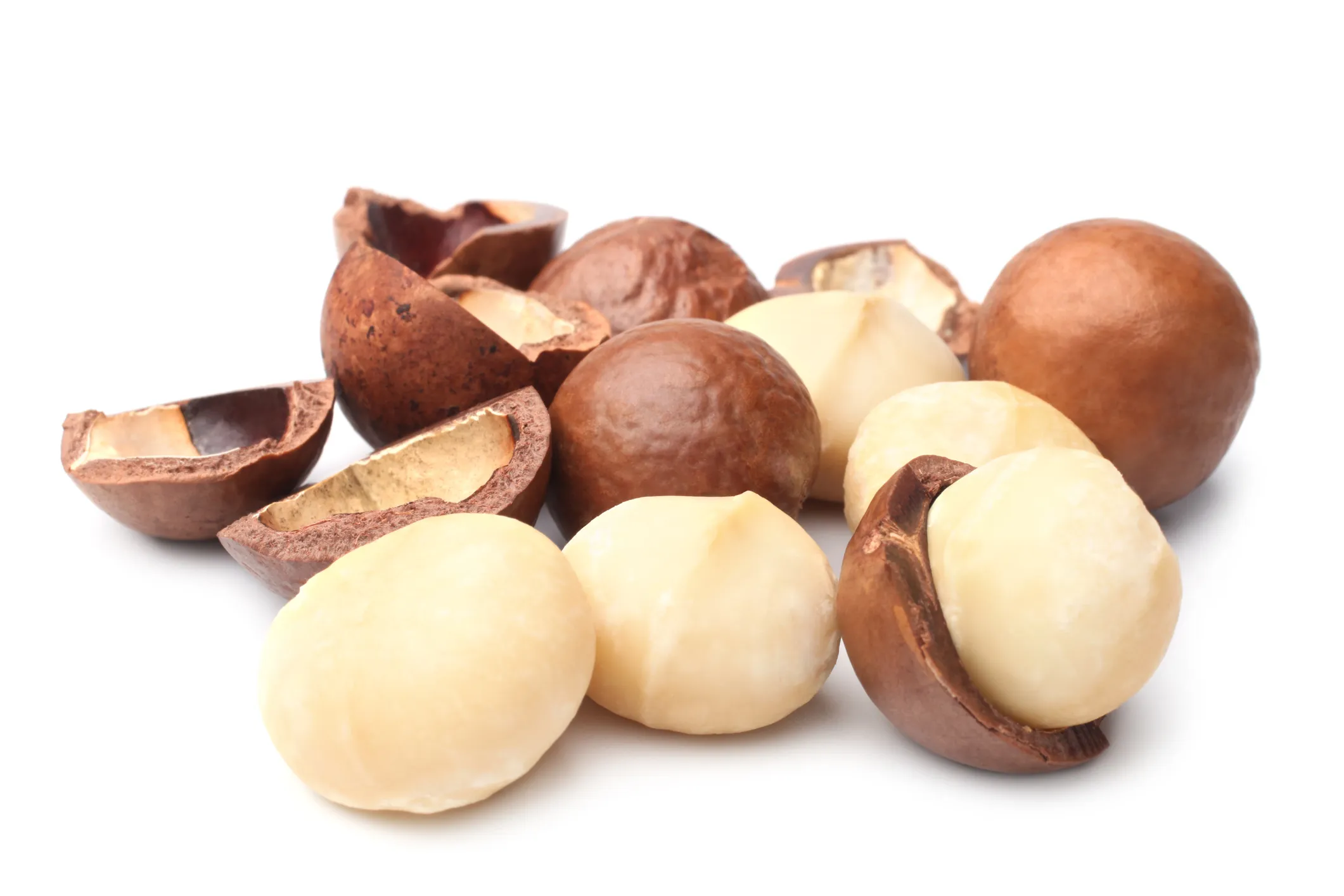Macadamia Market Competition: Key Strategies for Global Success in a Rapidly Growing Industry

The macadamia market has witnessed significant growth in recent years, driven by increasing demand across various markets globally. As a result, competition within the macadamia market has intensified, especially among producers, exporters, and suppliers. The competition is not limited to the volume of production but extends to quality, sustainability, and pricing, with companies striving to capture more significant market shares.
Understanding the Global Macadamia Market
The global macadamia market is influenced by several key factors, including health trends, the growing popularity of plant-based diets, and increasing awareness of the benefits of nuts in general. Macadamias are rich in healthy fats, fiber, and antioxidants, making them a desirable product for consumers who are conscious of their health. This has prompted a surge in demand, particularly in regions like North America, Europe, and Asia-Pacific.
With such rising demand, various nations have begun to scale up their production capabilities, particularly in regions where the climate is conducive to growing macadamia trees. Australia, South Africa, Kenya, and the United States are among the leading producers. These countries have capitalized on favorable growing conditions, but competition among them is fierce, particularly as the market expands and new regions explore the potential of macadamia cultivation.
Rising Competition Among Macadamia Producers
In the battle for market share, one of the main competitive factors is the quality of the product. Consumers are willing to pay a premium for high-quality macadamias, which has led many producers to invest heavily in improving their farming techniques, harvest processes, and post-harvest handling. Innovations in farming technologies and practices are critical for maintaining quality while also increasing yields.
Along with quality, pricing remains a major concern. The fluctuating cost of labor, water, and land for macadamia farming can directly affect the final price of the product. Producers who can manage costs efficiently have an advantage in the marketplace, allowing them to offer competitive prices while maintaining margins. However, the cost of production also impacts the ability of smaller producers to compete, especially in regions with lower economies of scale.
Sustainability in the Macadamia Market
Sustainability has become an increasingly important consideration in the macadamia market. With growing awareness of environmental impacts, both consumers and businesses are looking for ethically sourced, sustainable products. Producers who adhere to sustainable farming practices, including water conservation, organic farming, and reduced carbon footprints, are often favored by both consumers and retail buyers.
Many industry players are adopting sustainability certification programs to meet consumer expectations and improve marketability. Certifications such as Fair Trade and Rainforest Alliance are now a significant factor in differentiating brands within the competitive market. As more producers focus on sustainability, the challenge becomes finding a balance between environmental responsibility and profitability.
The Role of Exporters and Suppliers
Exporters play a crucial role in the macadamia supply chain, as they bridge the gap between producers and international markets. They are responsible for maintaining relationships with buyers, ensuring the consistent quality and timely delivery of products, and negotiating favorable prices. The competition among exporters can be intense, as they compete not only on price but also on their ability to ensure the product’s integrity and quality throughout the shipping process.
Suppliers are also under pressure to meet rising demand while keeping costs manageable. Those who can streamline their operations, utilize advanced supply chain management software, and optimize transportation networks are likely to succeed in the highly competitive landscape.
Innovations Driving Competition
Innovation is a key driver in the competitive macadamia market. New product developments, such as macadamia-based snacks, oil, and cosmetics, have created new avenues for competition. Diversifying product lines has allowed companies to tap into niche markets while catering to a broader range of consumer preferences.
Additionally, advancements in packaging technology are playing an important role in the competition. Companies are developing packaging that extends the shelf life of macadamia nuts while also being environmentally friendly. Sustainable packaging, especially biodegradable and recyclable materials, is becoming a selling point for consumers who are increasingly concerned about environmental issues.
Future Outlook of Macadamia Market Competition
The macadamia market is expected to continue growing, with increased competition as new players enter the field. Producers must focus on improving efficiency, sustainability, and product innovation to remain competitive. While established producers have the advantage of scale, smaller and emerging players can still carve out niches through differentiated offerings, such as organic or sustainably sourced macadamias.
As demand continues to rise and new technologies emerge, the macadamia market will see ongoing shifts in competitive dynamics. Producers, exporters, and suppliers must remain agile, continually adapting to the evolving market conditions to stay ahead of the competition.
Conclusion
The competition in the macadamia market is fierce, with multiple factors influencing market dynamics. Producers who focus on quality, sustainability, innovation, and efficient operations are most likely to thrive in this growing and competitive landscape.
- Art
- Causes
- Crafts
- Dance
- Drinks
- Film
- Fitness
- Food
- Games
- Gardening
- Health
- Home
- Literature
- Music
- Networking
- Other
- Party
- Religion
- Shopping
- Sports
- Theater
- Wellness


